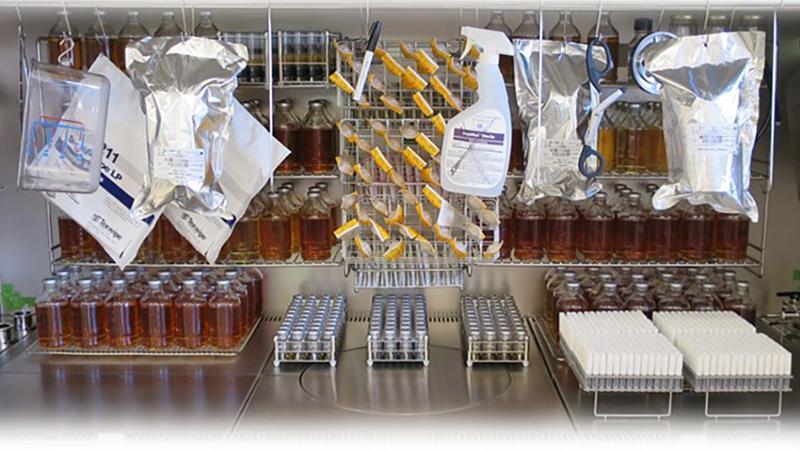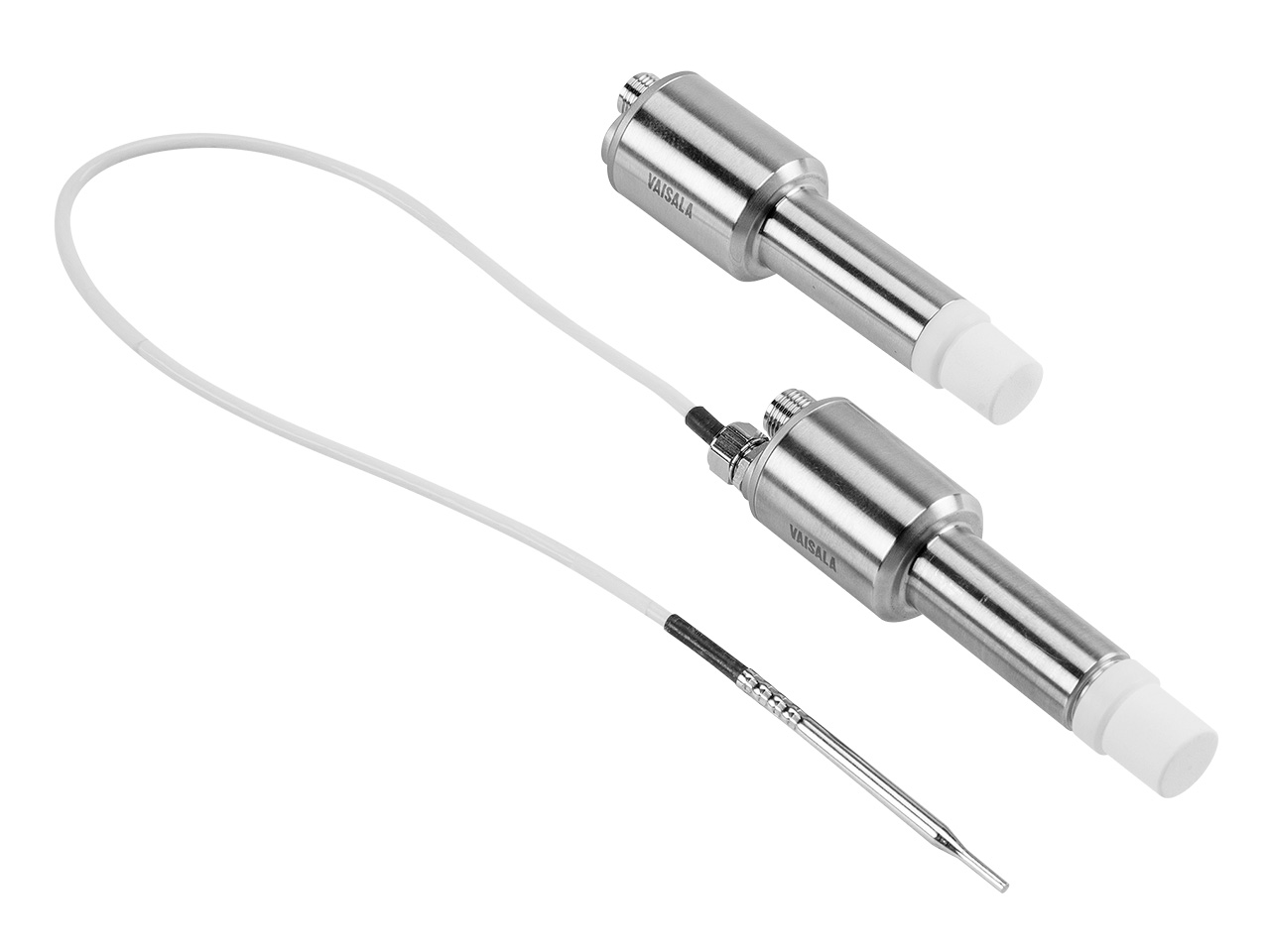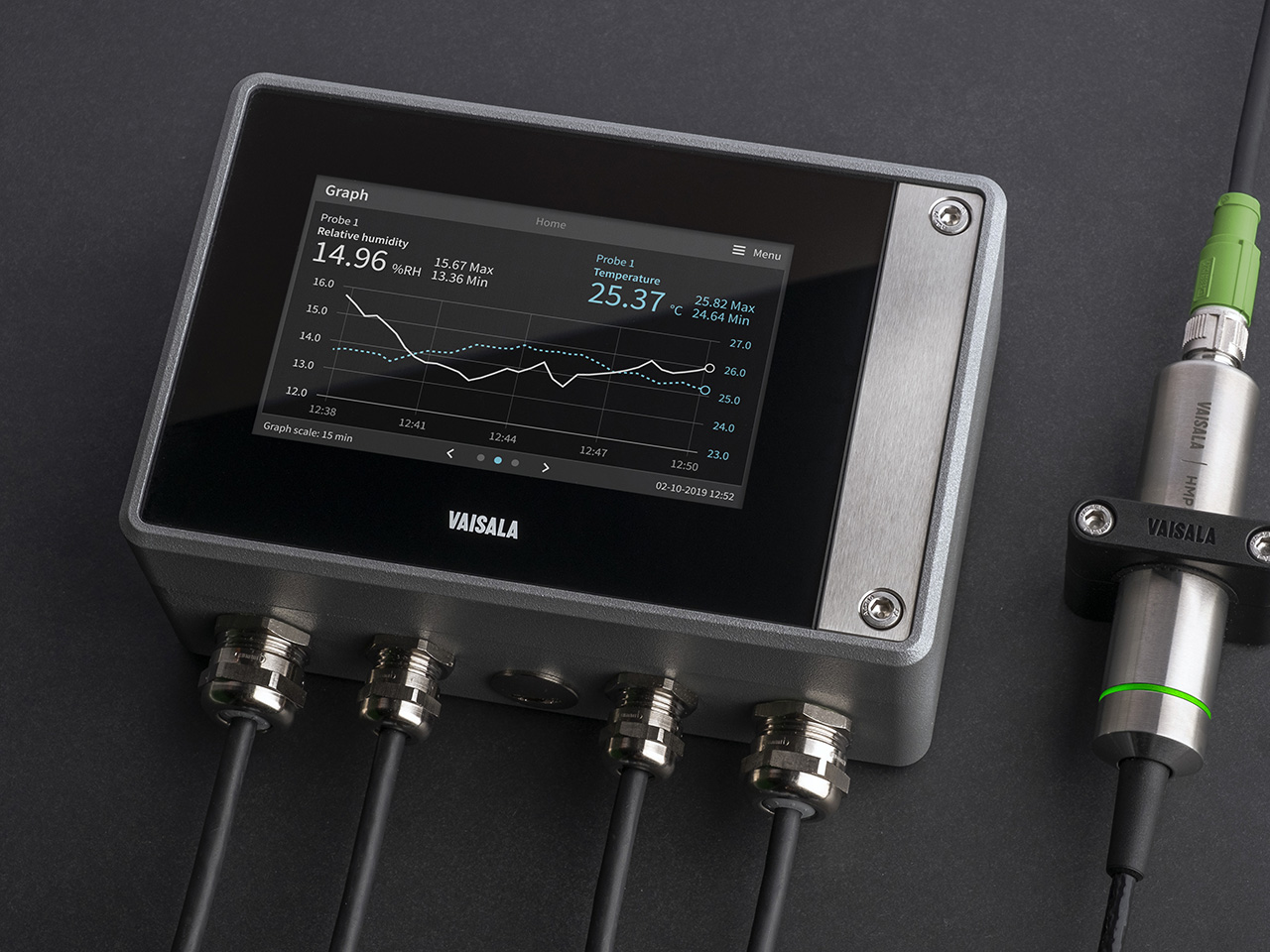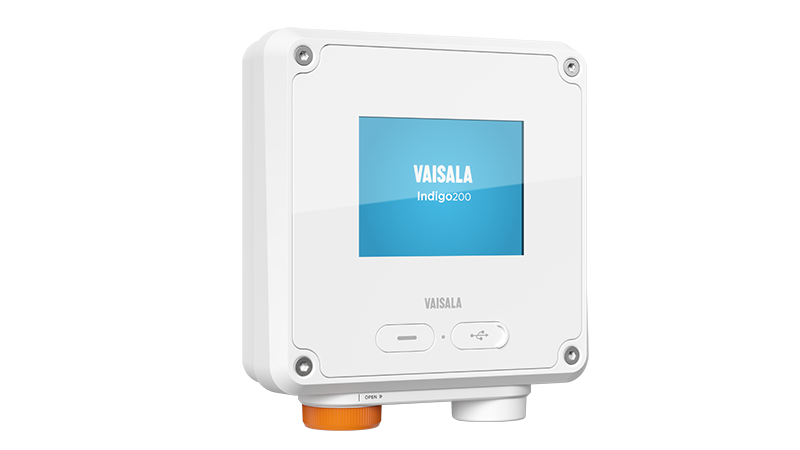Part 2 – Questions & answers on vH2O2 bio-decontamination in aseptic isolators
In our webinar "vH2O2 Bio-decontamination: Optimizing Cycle Development in Aseptic Isolators" we received many interesting questions. In this second Q&A blog, guest presenter Rick Nieskes of Ardien Consulting and Vaisala Product Manager Joni Partanen answer questions they didn’t have time for during the webinar.
Question: Is there a minimum concentration needed for microbiocidal efficacy? For example, would 100 PPM VHP concentration at 95% RS be more effective than 2,000 PPM at 60% RS?
Rick Nieskes: In my experience, based upon >150 isolators evaluated over the past 25 years, my answer is most likely no, but I rarely (if ever) see 2000 PPM in a typical installation. For a dry process (meaning an approach of maintaining the isolator at conditions that avoid visible condensation), you will most likely have to target somewhere around 75%RS. But this depends on the selected location of the sensor measuring %RS. But if you were to set the target point higher (e.g., 85 - 90%RS), you would find that the microbiocidal efficacy is vastly improved.
For comparison, let's keep concentration as a constant. I expect that a concentration of 500 PPM at 95%RS will yield D-values around 40 seconds, whereas 500 PPM at 50%RS would yield D-values around eight minutes. That's a difference of 12 times greater efficacy. However, I address this on a case-by-case basis because there are many other factors that impact these results such as overall temperature, airflow, etc.
Question: I have a Vaisala HPP272 that measures high concentration vH2O2, humidity and temperature. Can we only calibrate for the vH2O2 reading prior to bio-decontamination purposes?
Joni Partanen: Make sure that you perform the purge process before the bio-decontamination cycle. This ensures the best measurement performance. It is also recommended to calibrate the instrument with humidity calibrator on regular basis. Factory calibration will ensure that you have good quality measurement for years. Suitable calibration intervals are highly application depended, but the general recommendation is that you start first with shorter intervals and adapt the calibration interval based on the empirical data collected.
Question: How to you deal with rogue BIs during CD studies?
Rick Nieskes: I do not accept rogue biological indicators during cycle development. If a growth-positive biological indicator occurs, I consider it a real positive. In such case, you may want to perform a discrete micro challenge with additional biological indicators around that suspect location with an appropriate change to the cycle (e.g., longer exposure time, etc.)
On my website, I have a resource center with several articles I have found useful. For rogue indicators, you may find these interesting:
"Heads or Tails: Statistical Methods for Interpreting Multiple BI Results" by Donald Eddington. PhD. Eddington and Bond Associates. Inc, Sep 2013.
“Using replicate BIs to evaluate bio-decontamination cycles in isolators” by Garrett Krushefski, Spore News Volume 9, No. 4
Question: Is it so that using a higher concentration of liquid H2O2 might help avoid condensation of vaporous H2O2 on colder areas during bio-decontamination?
Joni Partanen: Correct. Both dehumidifying the environment prior bio-decontamination or using a solution with higher concentration will increase the vH2O2 concentration in relation to relative saturation level.
We have a blog on this topic: “H2O2 Solution Concentration Ratio, Condensation Point & Maximum Achievable vH2O2”
We also have a full paper on the four parameters that have the greatest influence on both condensation and maximum achievable ppm vH2O2: “Influences of condensation in vH2O2 bio-decontamination”
Question: Multiple questions here… First, how is humidity controlled? Secondly, why do you recommend against Are Tyvek®-packaged biological indicators? Without Tyvek, isn’t there increased risk of contamination?
Rick Nieskes: For your first question, humidity is commonly controlled by a dehumidification system as part of the dehumidification phase of operation. In my opinion, the best would be a system that adds or removes humidity in a way that ensures the desired humidity setpoint is the same for each and every vH2O2 cycle performed.
To answer your second question on Tyvek®-packaged biological indicators, I’ll offer a brief answer here and a longer answer (linked below). The recommended microorganism to evaluate the bio-decontamination efficacy of vH2O2 is Geobacillus stearothermophilus, which is a thermophile (only grows at temperatures around 55°C) and is not known to be pathogenic to any host. That stated, appropriate care with handling biological indicators is required. I invite you to read a blog I posted in 2020 on this topic:
Question: I read a paper that said vH2O2 was not acceptable for bio-decontamination…?
Rick Nieskes: Yes, I’m familiar with that paper. But what the publication actually indicated was that vH2O2 is not advisable for use in the sterilization of direct and indirect product contact surfaces. However, it is my contention that, under ideal conditions, vH2O2 is an exposed-surface sporicidal bio-decontamination process capable of sterilization. Ideal conditions include surfaces that are validated as clean with no surface-to-surface contact locations.
I have written more on this topic here: “Questions from Industry – Product Contact Surfaces Bio-decontaminated by Vaporized Hydrogen Peroxide (VHP)”
Question: You mentioned 5 BIs each 1m³. Do you have a reference for that recommendation?
Rick Nieskes: Yes. Please see: “PDA Technical Report No. 34, (TR 34) Design and Validation of Isolator Systems for the Manufacturing and Testing of Health Care Products” available for purchase from the PDA bookstore.
I’ve always struggled with the 2001 adaptation of PDA TR34 which recommends using "5 – 10 BIs per cubic meter of isolator volume” when triplicate BIs are placed at each challenge location for the validation of vH2O2 system in all its forms (e.g., vaporized, micro-nebulized, etc.). I always felt the number of challenge locations seemed insufficient if triplicate BIs were placed at each challenge location.
After some investigation, I was able to determine that TR34 was written with the assumption that one BI would be placed at each challenge location at a 1:1 ratio (BI to challenge location). That was the standard at the time TR34 was written before users started to experience what has become known as the “rogue BI postulate”. At this time in our evolution of vH2O2 validation, triplicate BIs have become somewhat of a standard practice (although not a strict requirement).
Therefore, the correct, modern interpretation of TR34 should be a minimum of five challenge locations per cubic meter of working chamber volume. In other words, if triplicate BIs are to be used for each challenge location, there should be a minimum of 15 BIs per cubic meter of working chamber volume. Therefore, based on this information, it is my contention that TR34 requires revision which helps users adapt these corrected principles during the initial vH2O2 cycle qualification for new isolators, or during annual vH2O2 cycle requalification for existing (legacy) isolators.
Question: What is the resolution/accuracy of the HPP272 vH2O2 probe?
Joni Partanen: The accuracy specification can be found in the HPP270 series probes product data sheet. To maintain long-term stability, we recommend regular on-site calibration with a humidity calibrator. You also ensure stability in the HPP270 by monitoring the sensor’s vitality value.
An additional safeguard is a function called “Sensor Vitality” in the Vaisala Insight software. This function allows you to perform sensor diagnostics and view information on sensor function. A new HPP270 probe sensor will have a sensor vitality of 100 % and a sensor at the end of its life cycle will have a sensor vitality of 0 %. We recommend replacing HPP270 series probes when the sensor vitality value reaches ≤ 40%. Finally, with the help of factory calibration, you ensure that the performance of the HPP270 probe for many years.
Learn more about Ardien Consulting or contact Rick Nieskes.




Add new comment